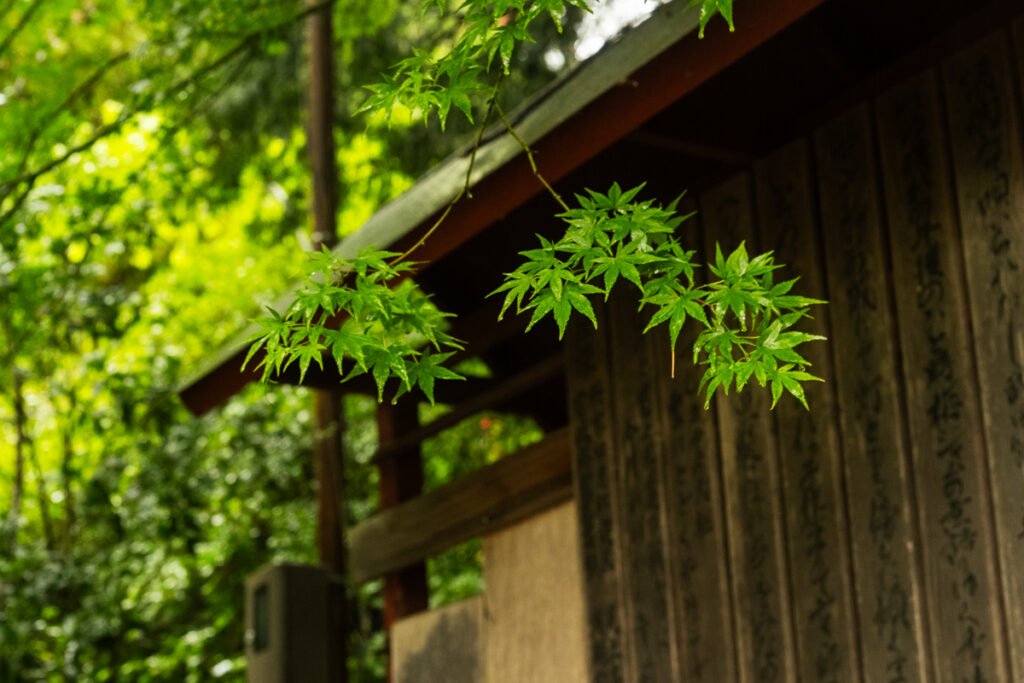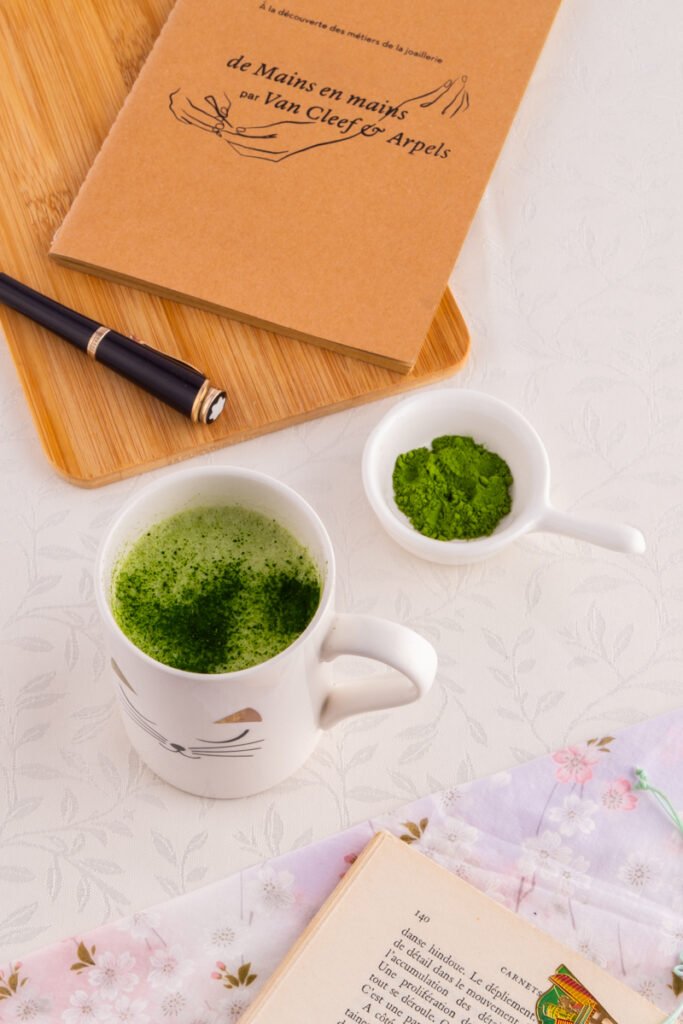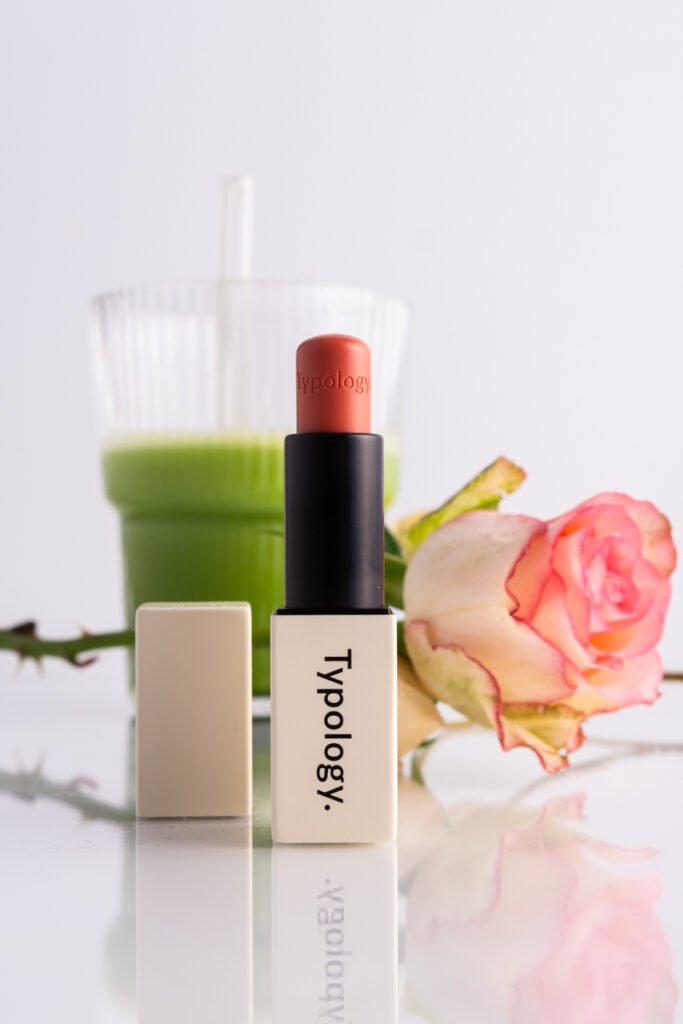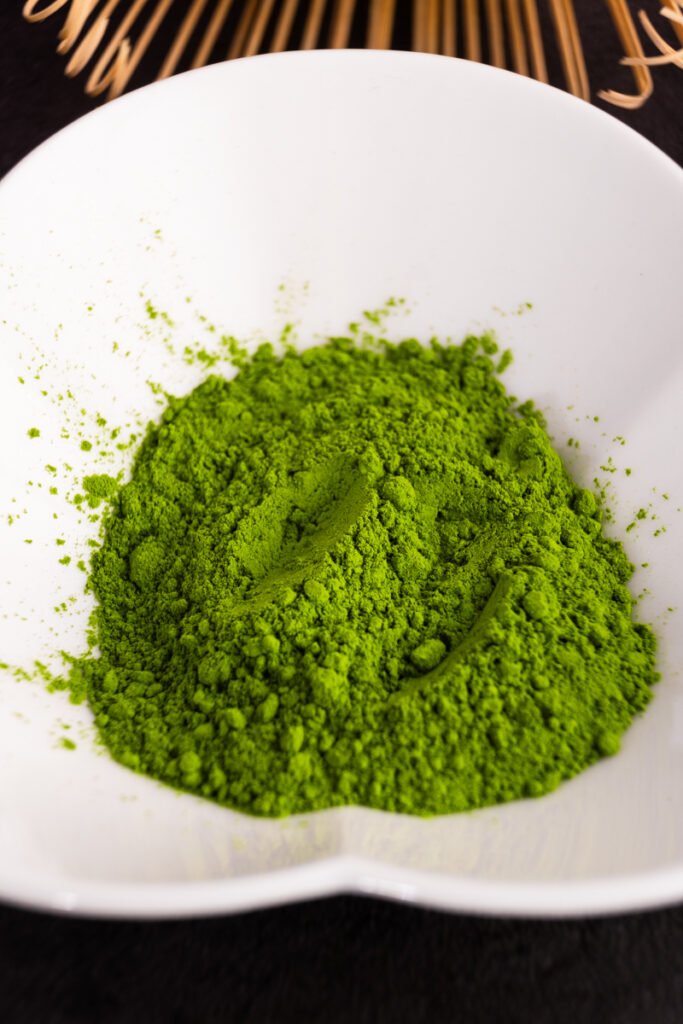

My matcha journey started back in 2010 while I was living in Singapore.
At the time, matcha was popular across Asia but hadn’t yet become the global phenomenon it is today.
Honestly, I didn’t like it at first—it was an acquired taste for me.
In 2014, I traveled to Japan for the first time and fell in love with the country’s culture, traditions, and people.
This trip opened my eyes to the deeper significance of matcha.
Two years later, in 2016, I returned to Japan with my then-husband, who was there for a business trip.
While he worked, I used the opportunity to reconnect with friends and explore more of Japan.
During this trip, I experienced my first traditional matcha tea ceremony in Tokyo, hosted by a kind and knowledgeable woman.
She explained that the flavor of matcha reflects not only the quality of the tea but also your mood and how you whisk it in that moment.
It was such a unique perspective—it made me realize that even something as simple as preparing a drink can carry emotion.
After that, I began trying matcha more frequently, sampling it across Singapore and Japan over the years.
My favorite flavors are sweet and creamy. Although the grading of matcha isn’t strictly regulated, I’ve learned to trust Japanese craftsmanship and my instincts. I rely on the vibrant color and rich taste to choose the matcha that feels right to me.
That is how I fell in love with matcha.

Matcha isn’t just delicious—it’s packed with health benefits. It’s rich in antioxidants, L-theanine for energy and focus, and vitamins like A, E, C, and minerals (like zinc and selenium) that boost the immune system.
For someone like me, who deals with anxiety, the process of preparing matcha—whisking, pouring, and savoring—feels like a calming ritual that grounds me before starting my day.
Matcha is more than a drink; it’s a moment of mindfulness.
Every step, from sifting the powder to enjoying the first sip, is a chance to slow down and be present.

As a photographer, my work is deeply influenced by what I see and how I feel.
Inspiration plays a crucial role in shaping my approach to capturing images.
For me, three elements connect me profoundly to Japan: Matcha, Ikebana, and Wabi-sabi.
Photographing products is always a challenge, as it requires me to align the images with my clients’ visions while bringing the product to life.
To set the tone for creativity, I begin each day with matcha.
This simple ritual not only energizes me but also helps me find focus and calm, creating the right mindset for my work.
The next step is composition and storytelling, where ikebana and wabi-sabi guide me. Ikebana, the Japanese art of flower arranging, emphasizes balance, simplicity, and purpose.
Its principles help me create visuals that are intentional and uncluttered, allowing each element in the frame to tell a story.
When I think back to brands like Typology entering the market in 2019, the same ethos comes to mind: keeping things simple yet impactful.
A single photograph will have one message, like an ikebana arrangement, can convey a clear message through its thoughtful composition.
Wabi-sabi, the Japanese philosophy that celebrates imperfection and impermanence, also shapes my work. It encourages me to see beauty in the subtle details—a slightly uneven swirl in a cream, the texture of a well-used packaging, or the scattered powder of matcha on a surface.
These imperfections bring authenticity and warmth to the images, allowing them to feel more relatable and real.
By embracing these values, I strive to create photographs that not only showcase the product but also tell a deeper story.
Matcha, ikebana, and wabi-sabi remind me to find beauty in simplicity, embrace imperfections, and approach my work with mindfulness.
These elements not only elevate my photography but also add meaning to my daily life.

I photograph matcha in my own time and with matcha I build a portfolio that suits me. Working with matcha is a personal and creative joy.
Its vibrant color and smooth texture make it an ideal subject for my photography, but it’s also the connection to nature and wellness that makes it so inspiring.
I love to experiment with how matcha can be presented—not just as a drink, but as part of a bigger story about health, simplicity, and beauty.
Since returning from Japan, matcha has become an even bigger part of my daily routine.
I’ve found that incorporating it into my meals—whether it’s in a refreshing matcha latte or a colorful bowl of smoothie topped with edible flowers—helps me stay grounded and energized.
For me, eating healthy is all about enjoying food that not only fuels my body but also nourishes my creativity and inspires my work.
Whether it’s in my photography or in my kitchen, I’ll continue to celebrate the art of matcha, healthy food, and the simple, colorful beauty that brings everything together.
What about you? How do you enjoy your matcha?
© AIMYEU.COM 2025